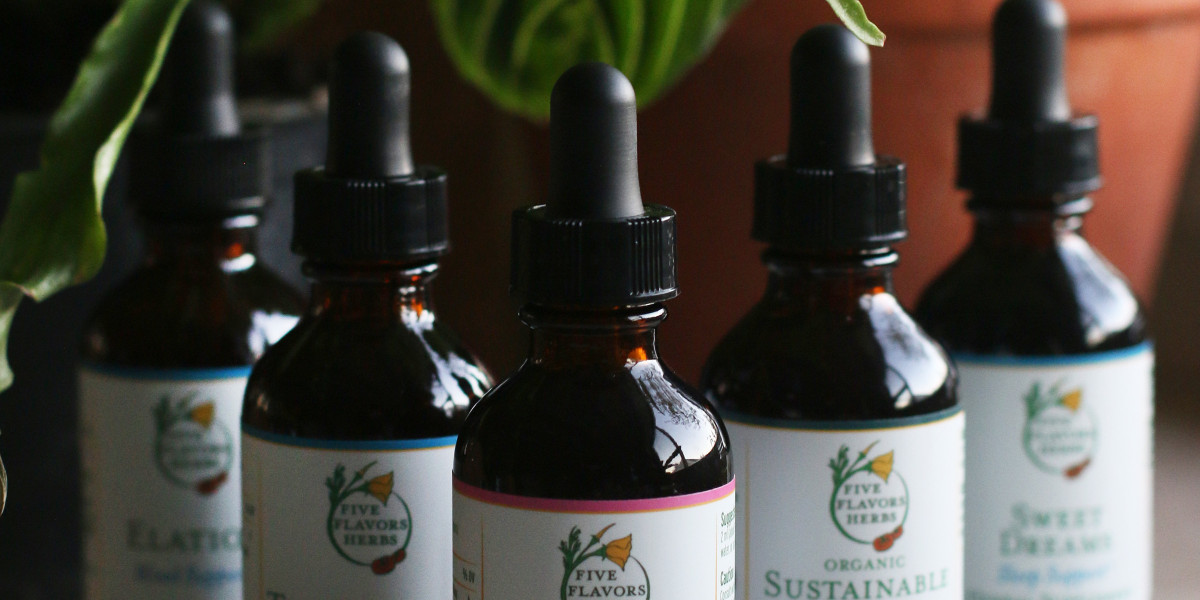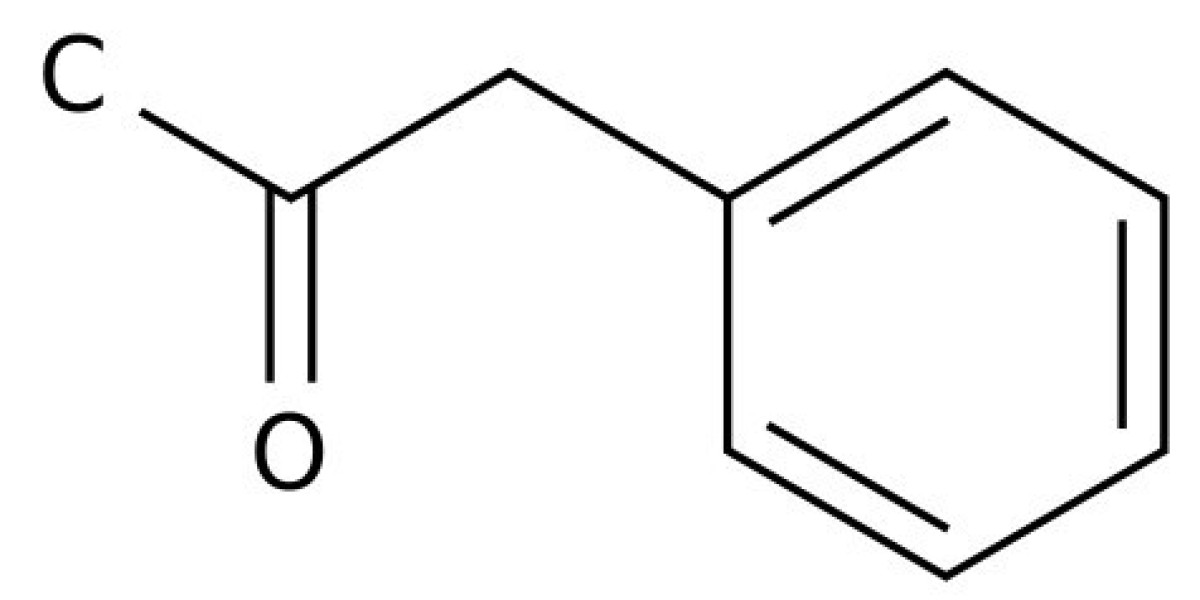Herbal extracts have long been celebrated for their therapeutic properties and are increasingly popular in modern wellness routines. These natural remedies offer a potent and convenient way to benefit from the healing power of plants. In this article, we delve into the world of herbal extracts and provide practical tips on how to take tinctures effectively.
Understanding Herbal Extracts
Herbal extracts are concentrated solutions made by extracting the active compounds from plants. This process involves soaking plant materials in solvents such as alcohol, glycerin, or vinegar, resulting in a potent liquid extract.
Types of Herbal Extracts
- Tinctures: Made using alcohol, tinctures are among the most potent and long-lasting herbal extracts.
- Glycerites: These alcohol-free extracts use glycerin as a solvent, making them suitable for children and those avoiding alcohol.
- Acetums: Vinegar-based extracts, also known as acetums, are another alternative for those avoiding alcohol.
Benefits of Herbal Extracts
Herbal extracts offer numerous benefits:
- Efficiency: The concentration of active compounds means you need smaller doses compared to other forms.
- Convenience: Easy to incorporate into daily routines.
- Versatility: Can be used in various forms, such as tinctures, capsules, or topically.
How to Take Tinctures
Tinctures are a popular form of herbal extracts due to their potency and ease of use. Here’s a guide on how to take tinctures effectively:
Step 1: Choose the Right Tincture
Select a tincture that suits your health needs. For instance, echinacea tincture for immune support or valerian root tincture for sleep aid.
Step 2: Determine the Proper Dosage
The dosage varies based on the tincture and individual needs. Always follow the guidelines provided on the label or consult a healthcare professional. Tinctures are typically taken in dropperfuls, with one dropperful equating to about 30-40 drops.
Step 3: Administration Methods
There are several ways to take tinctures:
- Sublingually: Place the drops under your tongue and hold for 30-60 seconds before swallowing. This method ensures quick absorption into the bloodstream.
- Diluted in Water or Juice: Mix the tincture with a small amount of water or juice to mask the taste.
- Added to Teas or Smoothies: Incorporate tinctures into your favorite beverages for a pleasant experience.
Step 4: Observe and Adjust
Monitor how your body responds to the tincture. Adjust the dosage as needed, but always consult a healthcare professional before making significant changes.
Choosing Quality Herbal Extracts
To ensure you get the most benefit from herbal extracts, follow these tips:
Research and Reviews
Look for reputable brands with positive reviews and transparent ingredient sourcing.
Certification and Testing
Choose products that have been third-party tested for purity and potency. Organic and non-GMO certifications are also good indicators of quality.
Professional Guidance
Consult with a healthcare professional or an herbalist to get personalized recommendations based on your health goals and medical history.
Conclusion
Herbal extracts, especially tinctures, offer a powerful, natural way to enhance your health and well-being. By understanding how to take tinctures and choosing high-quality products, you can effectively incorporate these potent remedies into your wellness routine. Always prioritize quality and consult with professionals to maximize the benefits of herbal extracts.



